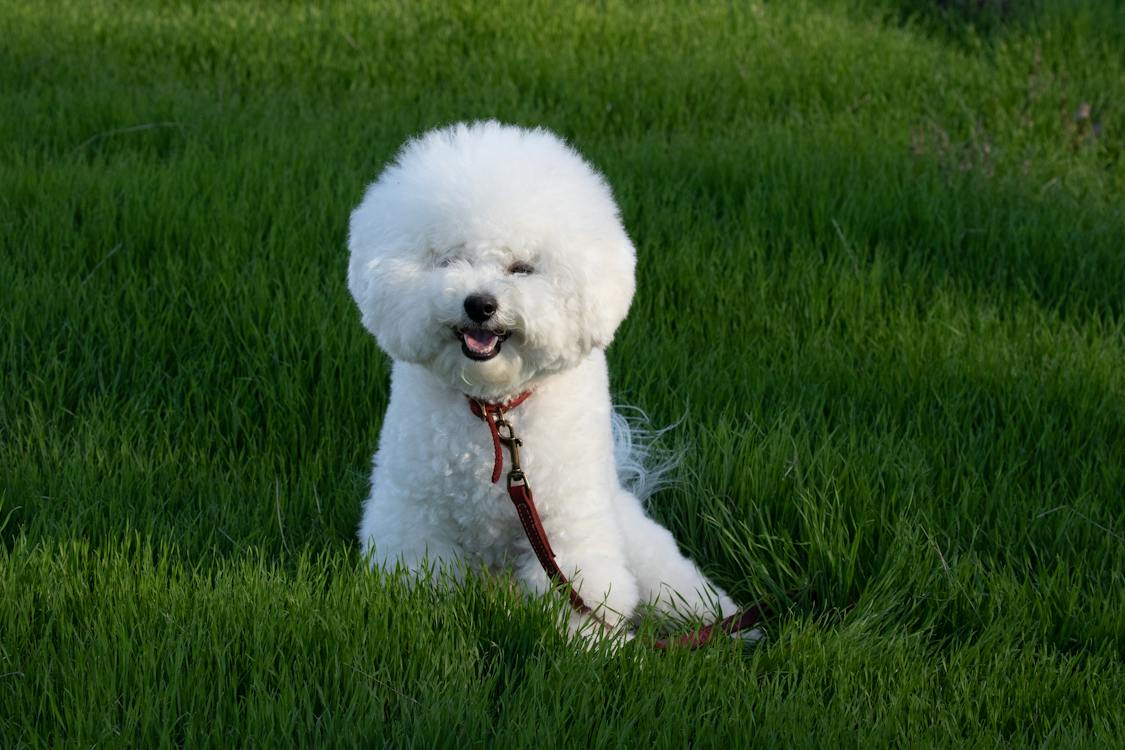Playful, easy-going, and lovable – who would resist the incredible charm of this fluffy dog? The animal kingdom is home for a variety of dog breeds, including large mastiffs, as well as small Shih Tzus. Among the numerous breeds found on the planet, some dogs hold the record as being charming and most adorable. Undoubtedly, the Bolognese is one of them.
The Bolognese is one of the dogs known for its lovable characteristic. You can quickly distinguish its appearance by its fluffy and pure-white coat. They are small creatures that are highly playful, easy-going, and are sure to bring joy to their owners.
Besides the incredibly adorable characteristics of the Bolognese, they also have several features that may catch our interests.
Origins of the Bolognese
We can trace back the origins of the Bolognese to hundreds of years ago in Bologna, Italy. This breed is already a part of the valued dogs since the 11th and 12th centuries. Its outstanding looks made it a favorite of the nobles during the Renaissance.
The Bolognese was a popular gift for wealthy and influential families of Brussels. Several records show that Kings and other royal family members give Bolognese as gifts. One of them was King Umberto of Italy, wherein he gave a Bolognese to Princess Jose of Belgium.
Unfortunately, despite the incredible charm of the Bolognese, it came a time wherein it almost got extinct. We can attribute the existence of the Bolognese in our modern world to the Italian breeder Gian Franco Ginelli – who devoted to breeding and restoring the popularity of the Bolognese.
Characteristics of the Bolognese
Height: 10 – 12 inches
Weight: 5.5 – 9 pounds
Life Expectancy: 12 – 14 years
Hypoallergenic: No
The Bolognese is a small dog breed that could only stand up to twelve inches tall and weighing up to nine pounds. Its little body comes with a thick pure-white coat. Experts consider it noble dogs since people often send them as gifts to wealthy and influential families.
However, the Bolognese is not as active as other dogs. They have a laid-back nature and do not often engage in activities. Despite its nature, the Bolognese shows a high devotion to its family, mainly to its master. They are among the dogs who are uncomfortable with strangers. But with ample socialization, they could get along just fine.
An important thing to take note of in owning a Bolognese is that they are dogs that require socialization. Long periods of not socializing with its family might lead to separation anxiety. This factor might not be suitable for people who are spending more hours at work without anyone home to look after the Bolognese.
Moreover, the different characteristics of the Bolognese are undeniably unique. It is the perfect companion for royal families because of its beautiful coat and pleasing personality. With proper training and care, the Bolognese could also be suitable for various households.
Caring for the Bolognese
For starters, it is best to feed the Bolognese high-quality dog food or homemade meals, as long as your local vet approves it. Such diets are applicable for puppies up to full-grown adults. Like any other dog, always make sure to control and be cautious of the amount of food you are feeding them. It will prevent any unnecessary weight gain, especially obesity. This practice also goes with feeding them treats.
In terms of their coat, you should properly clean them regularly. It is essential to be careful in grooming the Bolognese since they have an all-white coat, which has a soft and fluffy texture. Grooming depends on the length of the coat of Bolognese. If they have a full coat, make it a habit to groom them regularly to maintain clean and healthy fur. However, if it is not possible to groom the Bolo regularly, it is best to keep them in a shorter coat to lessen the maintenance required.
Moreover, they should only have occasional baths, or as needed. This practice should avoid any dirt build up on the Bolo’s body, as well as keep them fresh. Lastly, make sure to trim their nails regularly to prevent them from harming the Bolo’s whenever they walk or run.

